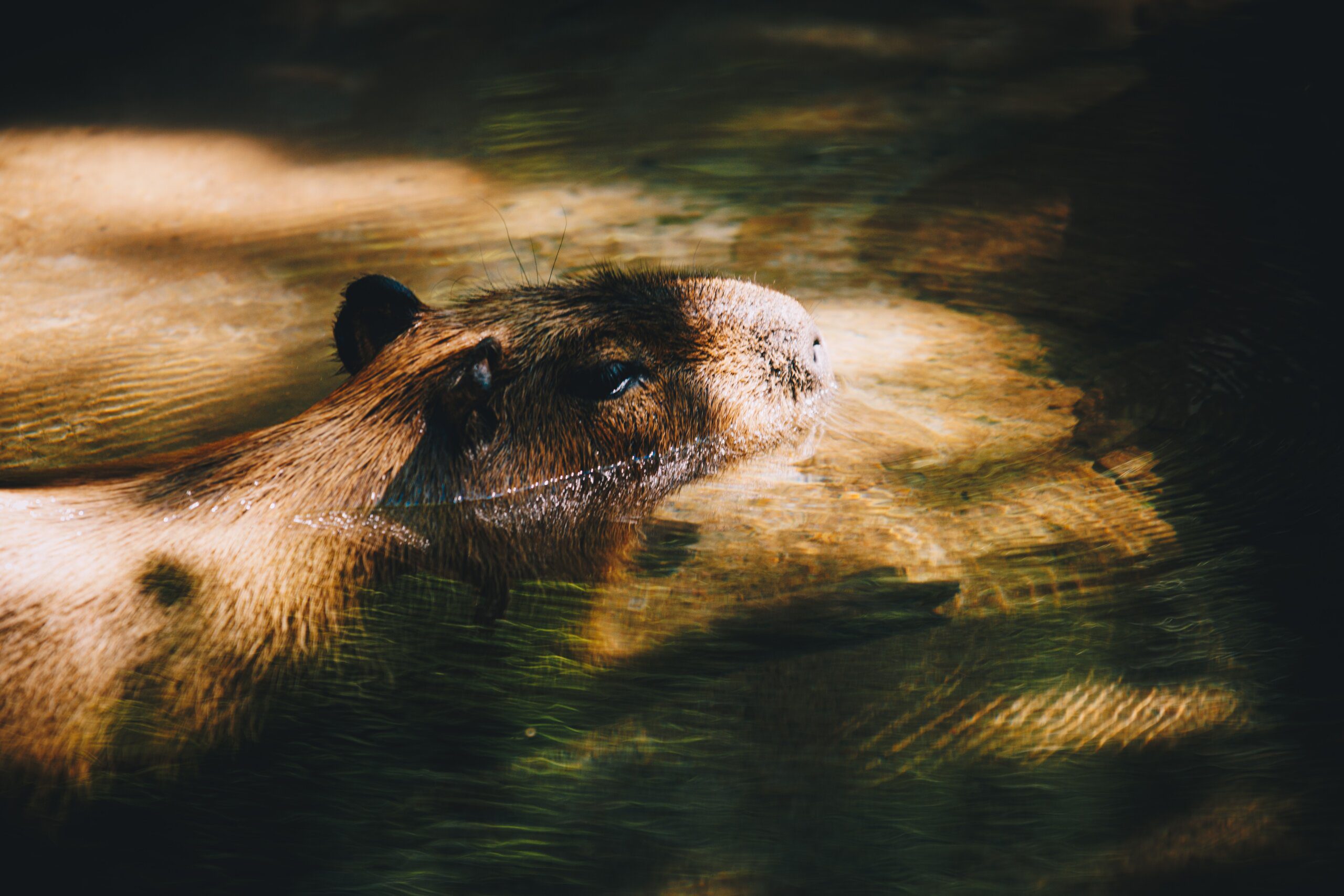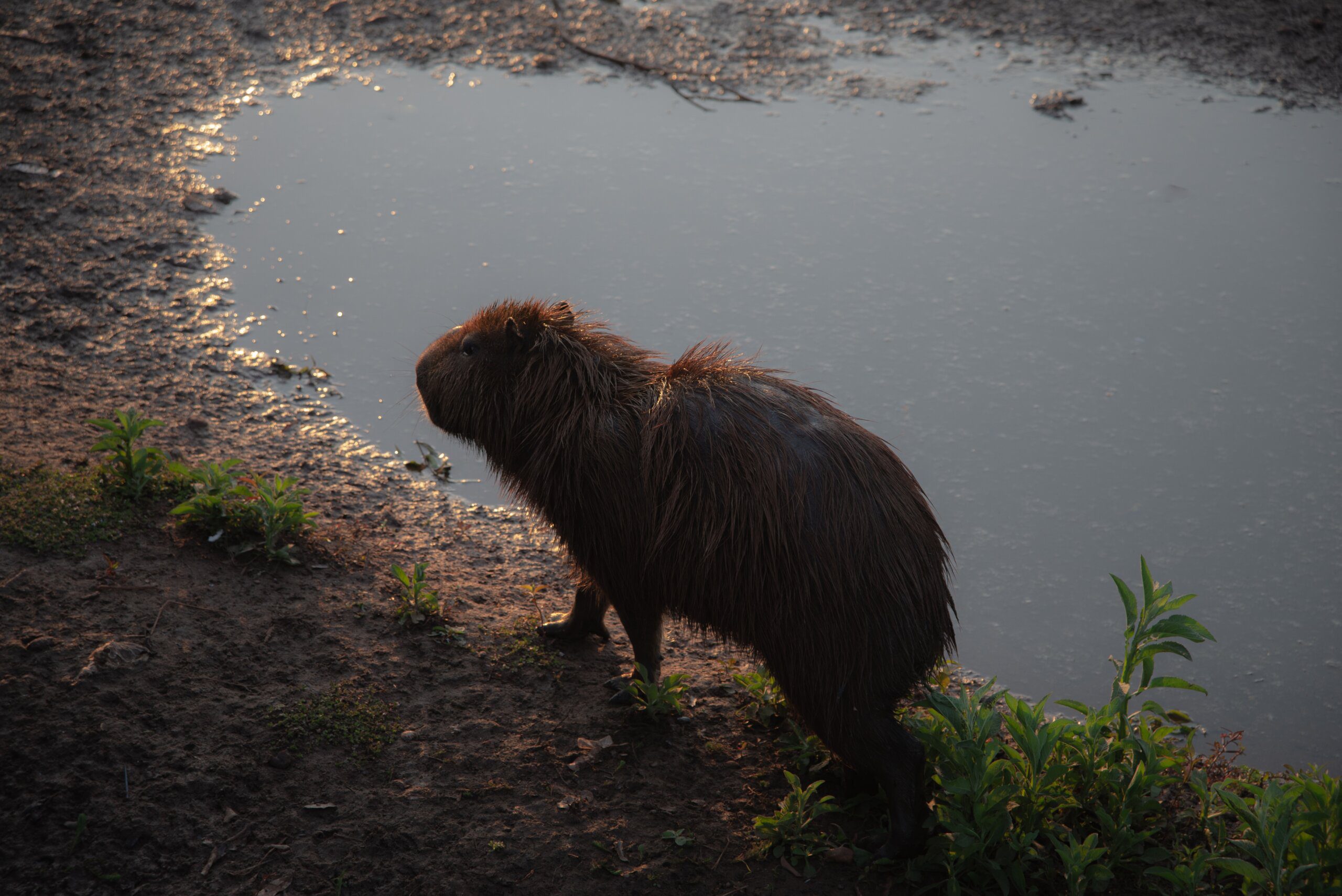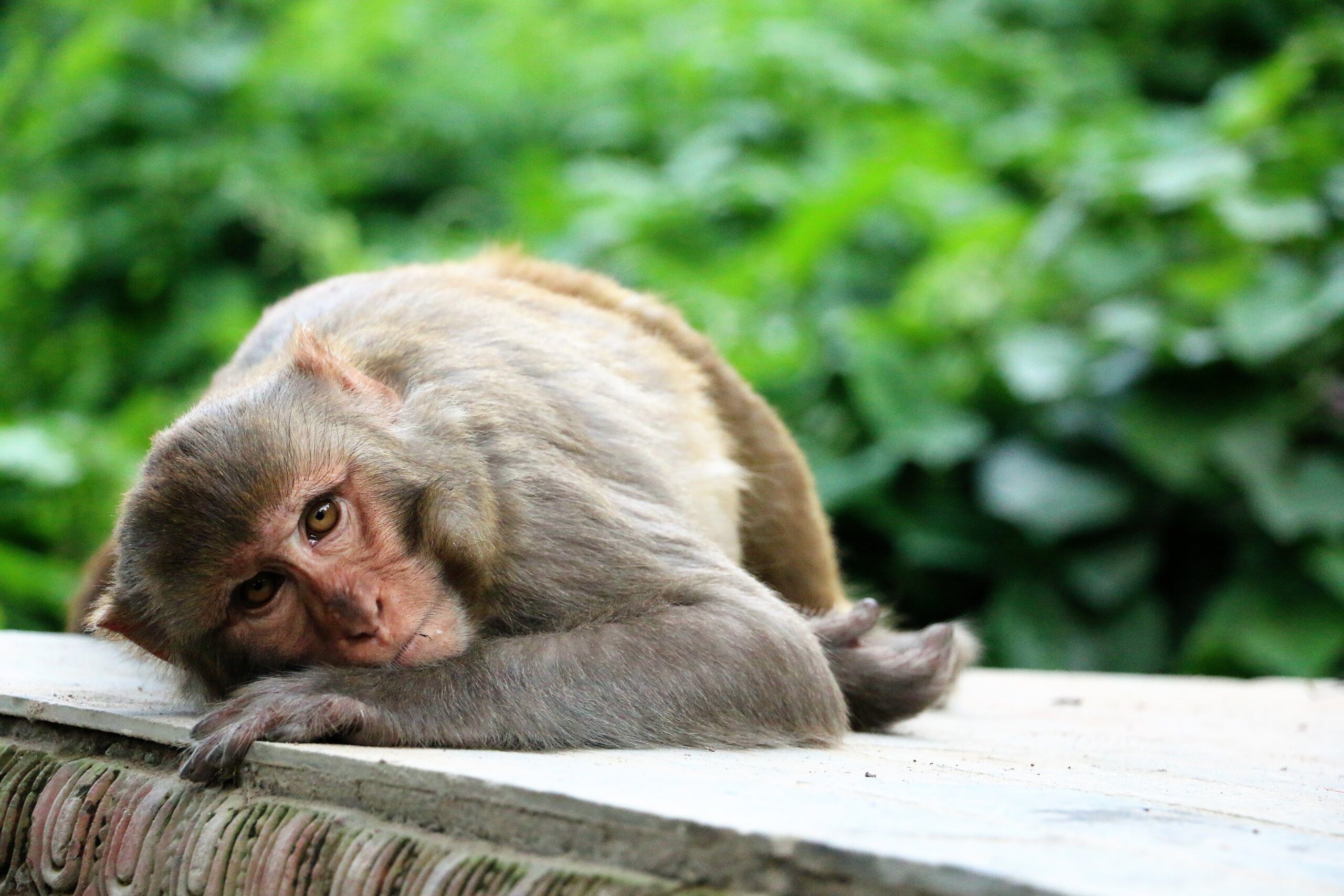Did you know that the population of wild capybaras is a topic of concern and interest for researchers worldwide? These fascinating creatures, known for their friendly demeanor and unique social behavior, are facing various challenges due to habitat loss, hunting, and climate change. Understanding the current population status of wild capybaras is crucial for conservation efforts and ensuring their long-term survival. In this article, we will explore the latest research findings to shed light on how many capybaras are left in the wild and the implications for their future. So grab a cup of tea and join us on this journey to discover more about these delightful creatures!
Overview of Capybaras
Capybaras are the largest rodents in the world, known for their friendly and docile nature. They have a distinctive appearance, with a bulky body, short legs, and a long, slender muzzle. Their fur ranges in color from shades of brown to reddish-brown, providing excellent camouflage in their natural habitats. Capybaras have a shoulder height of approximately 50 to 60 cm (20 to 24 inches) and can weigh anywhere from 35 to 66 kilograms (77 to 146 pounds). Their size and appearance make them both unique and fascinating creatures.
Physical Characteristics
Capybaras have several physical adaptations that help them thrive in their habitats. They have webbed feet, which enable them to navigate through water with ease and swim gracefully. These adaptations make capybaras excellent swimmers and allow them to escape from predators quickly. Additionally, their eyes, ears, and nostrils are positioned on the top of their head, enabling them to stay partially submerged in the water while remaining alert to any potential threats. This unique feature allows them to have an advantage when it comes to observing their surroundings and ensuring their safety.

Habitat and Distribution
Capybaras are native to South America, specifically the countries of Brazil, Argentina, Venezuela, and Uruguay. They inhabit a variety of habitats, including wetlands, grasslands, and forests, as long as there is a steady supply of water nearby. Capybaras are semi-aquatic animals and are often found near rivers, lakes, and marshes. They are well adapted to these environments and are capable of tolerating both hot and cold climates. However, they require plenty of water and vegetation for survival, as they are herbivorous animals and rely on a plant-based diet.
Behavior and Lifecycle
Capybaras are social animals and usually live in groups called herds. These herds can consist of anywhere from 10 to 30 individuals, although larger groups have been observed. The individuals within a herd maintain a strong bond and engage in various activities together, such as grooming and sharing resting spots. Capybaras are generally peaceful and rarely exhibit aggressive behavior towards each other.
The lifecycle of capybaras begins with a mating season, which typically occurs during the rainy season when there is an abundance of food and suitable conditions for reproduction. After a gestation period of around 150 days, the female capybara gives birth to a litter of approximately four to six pups. These newborns are precocial, meaning they are born with fur and are capable of walking and swimming shortly after birth. They depend on their mother’s milk for nourishment during the first few weeks but soon start consuming solid food. Capybara pups reach sexual maturity at around one year old and can live up to 10 to 12 years in the wild.

Population Estimates
Historical Population
Estimating the historical population of capybaras can be challenging, as records from the past are often scarce. However, it is believed that capybaras have maintained relatively stable populations throughout history due to their adaptable nature and widespread distribution. The availability of suitable habitats and limited human interference likely contributed to the preservation of capybara populations in the past.
Current Population
Although exact population figures are difficult to ascertain, the current population of wild capybaras is estimated to be in the hundreds of thousands. The countries with the largest populations are Brazil and Argentina, where capybaras are frequently encountered in various natural and protected areas. Venezuela and Uruguay also have significant populations, although they may be smaller in comparison. Thanks to their ability to adapt to different environments, capybaras have managed to thrive in a range of habitats, contributing to their relatively healthy population status.
Factors Affecting Population
Several factors can influence the population dynamics of capybaras. Habitat loss and fragmentation are significant threats, as increasing human activities, such as agriculture and urbanization, encroach upon the capybara’s natural habitats. These changes disrupt the availability of suitable food and water sources, forcing capybaras to adapt or relocate.
Human activities also contribute to the decline of capybara populations through hunting and poaching. Capybara meat and fur are highly sought after in some regions, which leads to overexploitation and illegal trade. Additionally, conflicts with humans, particularly in areas where capybaras compete for resources with livestock and crops, present challenges for conservation efforts.
Threats to Capybara Population
Hunting and Poaching
Capybaras face the threat of hunting and poaching, primarily driven by the demand for their meat and fur. Despite protective measures and regulations in place, illegal hunting continues to be a significant issue, particularly in areas with weak law enforcement. Encouraging sustainable practices and enforcing stricter penalties for offenders are essential to addressing this threat and ensuring the long-term survival of capybaras.
Habitat Loss and Fragmentation
The conversion of natural habitats into agricultural land, as well as urban expansion, is a significant threat to capybara populations. This habitat loss and fragmentation disrupt the ecological balance and diminish the availability of resources for capybaras. Conservation efforts must focus on preserving essential habitats and implementing sustainable land use practices to mitigate these threats.
Conflict with Humans
As human populations expand and encroach upon capybara habitats, conflicts arise due to competition for resources. Capybaras may damage crops and compete with livestock for grazing areas, leading to conflicts with farmers and communities. Implementing measures to mitigate these conflicts, such as the development of alternative livelihoods and the promotion of coexistence strategies, is crucial for the conservation of capybaras.

Conservation Efforts
Legislative Protection
Recognizing the importance of capybaras in maintaining ecosystem balance, many countries have enacted legislation to protect them. Legal frameworks that prohibit hunting, regulate trade, and establish protected areas contribute to the conservation of capybara populations. Enforcement of these laws, combined with increased awareness and education, is vital to ensure the effectiveness of these protection measures.
Protected Areas and Reserves
Establishing protected areas and reserves specifically designed to safeguard capybara habitats is another essential conservation strategy. By designating these regions and implementing strict management practices, authorities can create safe havens for capybaras and other wildlife. Protected areas also provide opportunities for research and education, further enhancing conservation efforts.
Efforts to Control Hunting
To combat illegal hunting and reduce the pressure on capybara populations, efforts to control hunting activities must be implemented. Enforcing regulations, increasing patrols, and promoting community involvement in conservation are all crucial steps. By working with local communities and fostering a sense of ownership and responsibility, it becomes possible to create a sustainable future for capybaras.
Habitat Conservation and Restoration
Preserving and restoring capybara habitats play a vital role in their long-term survival. Conservation initiatives should focus on minimizing habitat loss, implementing sustainable land use practices, and restoring degraded areas. These efforts can help to maintain the availability of suitable habitats and ensure the continued prosperity of capybara populations.
Monitoring and Tracking Population
Population Surveys and Estimation Methods
To understand the population dynamics and track changes over time, scientists conduct population surveys and employ various estimation methods. These surveys may involve direct observations, camera trapping, transect surveys, and the analysis of fecal samples. By collecting data on population size, age structure, and distribution, researchers gain valuable insights into the health and status of capybara populations.
Technological Advancements in Tracking Capybaras
Technological advancements have greatly improved our ability to track capybara populations. GPS collars and radio telemetry devices allow researchers to monitor the movements and behavior of individual capybaras in real-time. These advancements provide significant advantages in understanding their habitat preferences, migration patterns, and responses to environmental changes. By utilizing such technology, conservationists can make informed decisions and develop effective strategies for capybara conservation.

Cultural Significance of Capybaras
Capybara in Folklore and Mythology
In various South American cultures, capybaras hold a significant place in folklore and mythology. They are often portrayed as symbols of water and fertility, associated with deities and revered for their close relationship with natural elements. Their representations in myths and legends reflect the deep cultural ties between humans and capybaras, emphasizing their importance and influence on the collective imagination.
Capybara as a Tourism Attraction
Capybaras have become popular tourist attractions due to their unique appearance and playful behavior. Wildlife enthusiasts and nature lovers seek out opportunities to observe these fascinating creatures in their natural habitats. Responsible and sustainable wildlife tourism can generate economic benefits for local communities and raise awareness about the importance of conservation.
Capybara as a Research Subject
Capybaras also serve as valuable research subjects for scientists studying various aspects of biology and ecology. Their social behavior, reproductive patterns, and ecological interactions offer valuable insights into broader scientific concepts. Research on capybaras contributes to our understanding of complex ecosystems and helps shape conservation strategies for not only capybaras but also other species that share their habitats.
Case Study: Capybara Population in Brazil
Capybaras in Brazilian Wetlands
Brazilian wetlands, particularly the Pantanal region, support some of the largest populations of capybaras in the world. These vast wetlands provide an ideal habitat for capybaras, with an abundance of water, vegetation, and suitable foraging grounds. The Pantanal is known for its high biodiversity and serves as a critical stronghold for capybaras, showcasing the potential for successful conservation efforts in such landscapes.
Population Dynamics and Conservation Strategies
In Brazil, various conservation organizations and government agencies work together to monitor capybara populations and implement conservation strategies. By conducting population surveys, tracking movements, and understanding habitat preferences, researchers and conservationists can make informed decisions regarding the management of capybara populations. These efforts involve a combination of legislative protections, community engagement, and habitat conservation initiatives aiming to achieve sustainable coexistence between humans and capybaras.

Implications for Capybara Conservation
Taking Population Status into Consideration
Assessing and understanding capybara population status is crucial for effective conservation planning. By considering population size, distribution, and trends, conservationists can prioritize efforts and allocate resources where they are most needed. Monitoring population dynamics also helps identify signs of decline or recovery over time, allowing for timely intervention and adaptive management.
Importance of Conservation Actions
Conservation actions aimed at protecting capybara populations have far-reaching benefits. Beyond preserving capybaras themselves, these efforts contribute to the conservation of entire ecosystems and the preservation of biodiversity. Capybaras play significant roles in ecosystem dynamics, such as seed dispersal and influencing vegetation structure, making their conservation vital for maintaining ecological balance.
Integration of Local Communities
Involving local communities in capybara conservation efforts is essential for long-term success. By integrating the knowledge and perspectives of local people, conservation initiatives can be tailored to suit the needs and aspirations of the communities living alongside capybaras. Promoting sustainable livelihoods, providing educational opportunities, and fostering partnerships ultimately lead to a deeper sense of stewardship, enabling coexistence between humans and capybaras.
Future Prospects and Research
Challenges and Opportunities in Capybara Conservation
Capybara conservation faces several challenges in the future. Rapid urbanization, expanding agriculture, and climate change all pose threats to capybara populations. However, these challenges also present opportunities for innovative conservation practices, such as promoting sustainable land use, developing green infrastructure, and implementing climate change adaptation strategies. By adapting to these changing circumstances and embracing new approaches, capybara conservation can continue to progress.
Research Needs for Population Monitoring
Continued research is fundamental in improving our understanding of capybara populations and informing conservation strategies. Further studies on capybara ecology, reproductive biology, and interactions with other species would enhance our ability to implement targeted conservation efforts. Additionally, the development of standardized monitoring protocols and data-sharing mechanisms would facilitate cooperation among researchers and foster informed decision-making.
Conclusion
In conclusion, capybaras are marvelous creatures that captivate our imagination and hold great ecological significance. While their population status is relatively healthy, threats such as hunting, habitat loss, and conflicts with humans require careful conservation measures. Legislative protections, establishment of protected areas, efforts to control hunting, and habitat conservation initiatives are essential steps in safeguarding capybara populations. Continued research, monitoring, and collaboration between stakeholders will ensure the sustainability of capybara populations and the preservation of their habitats. By valuing these unique animals and taking conservation actions, we can create a future where capybaras thrive alongside humans.



